Review for Sake Bomb
Introduction
Third Window Films’ August release is upon us, and again I look forward to it with a degree of glee. I’m spoiled by Third Window Films, have come to expect something different, something unique with each new release, and that was no different for Sake Bomb. Watching each new TWF release is a process of adventure and discovery, one that I relish, whether I like the movie or not. And once again, Sake Bomb is new territory for Third Window Films, a US Japanese co-production, directed by Junya Sakino, a Japanese expatriate who went to film school in Los Angeles, and has been resident there for the last 13 years. Sake Bomb is Third Window Films first predominantly English language release, and it’s more of a US independent film than a Japanese feature, despite some prominent Japanese actors in the cast. What I wasn’t expecting was a film that spoke to me on such a personal level.
Naoto is about to become the boss of a sake factory, but his former employer has one piece of advice before he starts his new post. Take some time, and do something you always wanted to do, lest you have any lingering regrets. For Naoto, that something is finding Olivia, the English tutor he had a romance with, and who suddenly left without a word, heading back to Petaluma, California. So Naoto heads off to America to find her, but he won’t be completely out of his depth, as he has family in Los Angeles, his uncle as well as his cousin Sebastian. His uncle tells Sebastian to drop everything and help Naoto on his quest, something Sebastian doesn’t appreciate, especially as he’s just broken up with his girlfriend, and besides, he has a full time ‘job’ running his vlog, keeping his ‘millions’ of fans abreast of the second generation immigrant condition. The last thing he needs is a F.O.B. deadweight cramping his style.
Picture
Sake Bomb gets a rather splendid 2.35:1 anamorphic widescreen transfer in the NTSC format, progressively encoded if your equipment is capable of 24fps playback. The image is clear and sharp throughout, with bold colours, and free of any visible compression or artefacting. The cinematography is definitely deserving of the quality transfer, any US road movie is going to take us to some wonderful locations, and that is reflected here. The limitations of the DVD format show up in some shimmer on fine details, but there were one or two moments where I was fooled into thinking I was watching this on Blu-ray.
Sound
You get a DD 2.0 stereo track here with one optional subtitle track. The dialogue is predominantly in English, but there are moments in Japanese, for which you will need the subtitle track. There should have been two subtitle tracks on this film, the one we have for just the Japanese dialogue, and one for the Japanese and the English dialogue. As it is, hard of hearing viewers aren’t catered for. The dialogue is mostly clear throughout though, the music suits the film well, and as it isn’t exactly an action movie, a front focussed stereo audio mix isn’t out of place here. The subtitles are accurately timed and free of typographical error.
Extras
The disc presents its contents with an animated menu, and it isn’t short of extra features.
You get the trailer for Sake Bomb obviously, along with 14 other trailers for Third Window Films releases.
Director Junya Sakino Interview at the Raindance Film Festival lasts 30 minutes, and the director is quizzed on his career and background, the making of the film, and what he hoped to convey with it. It’s wholly in English, and while the audio is clear, there were issues with the camera, leading to flickering colours throughout.
Director Junya Sakino Q&A at the Terracotta Film Festival lasts 23 minutes, and the director talks more about the film. There’s a smidge of repetition between the two featurettes, but it’s still well worth watching.
Yellow Curry on White Rice lasts 5 minutes, and is the porn parody that you glimpse a few scenes of in the film. It’s presented in all its glory here, and it probably deserves the Sexually Explicit Material Warning.
Conclusion
Sake Bomb is a classic road movie in many ways, with two unlikely friends setting off cross-country pursuing goals of their own, but who wind up accomplishing something completely different, and who also go on a metaphorical journey that lets them learns something about themselves. Sake Bomb does this with a degree of wit and satire that is always entertaining, but somehow manages to do it without gross-out comedy or toilet humour, as you might expect from mainstream Hollywood. This is most certainly not a Japanese take on Harold and Kumar. It’s much more an observational comedy coming from two angles, the Japanese outsider’s take on the US, and the second generation immigrant’s take on trying to assimilate.
While the film starts with Naoto in Japan, establishes his motives for travelling to the US, the search for his true love, and the reasons why she vanished from his life, the film is mostly told from Sebastian’s viewpoint, American in every respect except for his ethnicity. He’s the angry kid, opinionated, loud, and able to find plenty to complain about. He uses his video blog for just that, apt to point out his somewhat bigoted observations on the immigrant experience. When Naoto shows up, Fresh Off the Boat, he isn’t best pleased at having his routine disrupted, especially as he’s going through a break-up (how his girlfriend tolerated him for so long might stretch credulity), but his father, Naoto’s uncle reminds him that he isn’t exactly in gainful employment, and has the time to take Naoto to look for Olivia. It isn’t long before Sebastian realises that Naoto can provide him with fresh material for his video blog.
What struck me about Sake Bomb is just how familiar these lives were, how these situations and people resonated with me. It’s because all I have to do is switch ethnicity, Japanese to Indian, and I realise that I and my friends have lived these lives, had these experiences. I’m a child of immigrants myself and Sake Bomb managed to trigger a whole lot of déjà vu for me. All you have to is swap some of the terminology around. They use ‘Twinkies’ as a pejorative term for someone who’s trying too hard to assimilate, someone who’s Japanese on the outside, white on the inside. We used the term ‘coconuts’. Our version of F.O.B.s were those who smelled of India, straight off the plane in polyester suits, paisley shirts, and sweater tops, hair slicked down with oil, smelling of mothballs and dust. And Sebastian isn’t alone in encountering girls (or guys) who tick ethnicities off a checklist, or racist policemen, and he isn’t alone in putting on an accent and turning up the culture to take advantage of the gullible. At the same time, it isn’t unusual to see people complaining in contradictory ways about their own culture either trying too hard to fit in, or trying too hard to remain separate, often in the same breath.
Sake Bomb is a gentle and comedic look at racism. This isn’t necessarily the racism of hate, but a more textbook definition of prejudice, pre-judging someone based on their ethnicity and culture, even if it’s done in a well-meaning way. Having preconceived notions about someone based on their appearance, or their culture can still sting, even if you’re friendly and inoffensive, because it tends to categorise and impose limitations on people. Where Sake Bomb really excels is that it’s a reminder that there are two types of racism, racism between cultures, and racism with a single culture, whether it’s provoked by the immigrant experience, or the generation gap. I can certainly empathise with Sebastian’s opinion. I was born in London, a British citizen, brought up here, speak English as my first language, and people will look at me and see Indian. That sort of frustration can spill over into anger and resentment against our parent’s generation and the culture they came from and embody, as well as against the nation that doesn’t ‘let us in’.
This road trip serves as a transformative experience for Sebastian. As he gets to know Naoto on their quest to find Olivia, and with the experiences they have on the way, the people they meet, Sebastian starts having his preconceived notions challenged, and he starts to relate to people as individuals. It’s not a Capra-esque transformation certainly, but it’s enough of a twist that might just see him on the road to becoming a better person if he sticks with it, and it’s the kind of experience that more of us could use.
Sake Bomb isn’t the easiest film to enjoy. Sebastian is deliberately an obnoxious character, and his relationship with Naoto is one-sided for the most part; it takes a while for Naoto’s frustration with his cousin’s attitude to show, but the way the film observes the immigrant experience is accurate, honest and done in a genuinely comic way. I found the film really resonated with me, and it’s well worth making some time for.
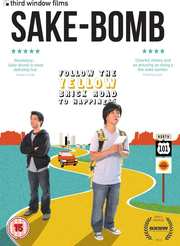
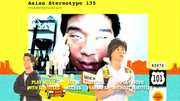




























































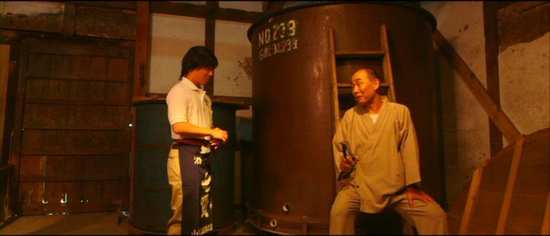

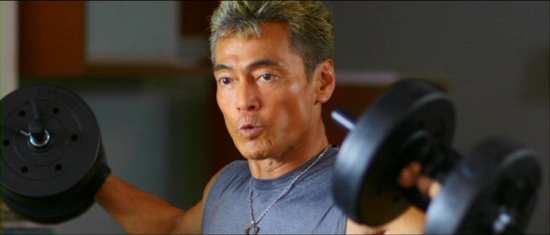
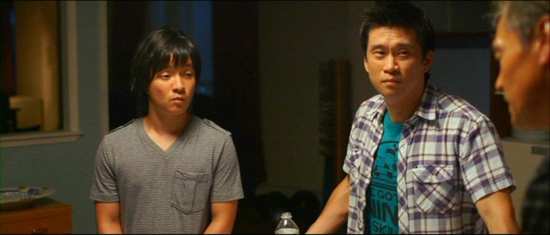


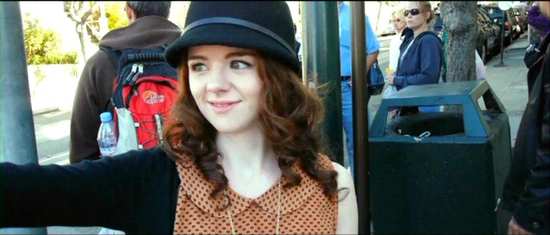




Your Opinions and Comments
Be the first to post a comment!